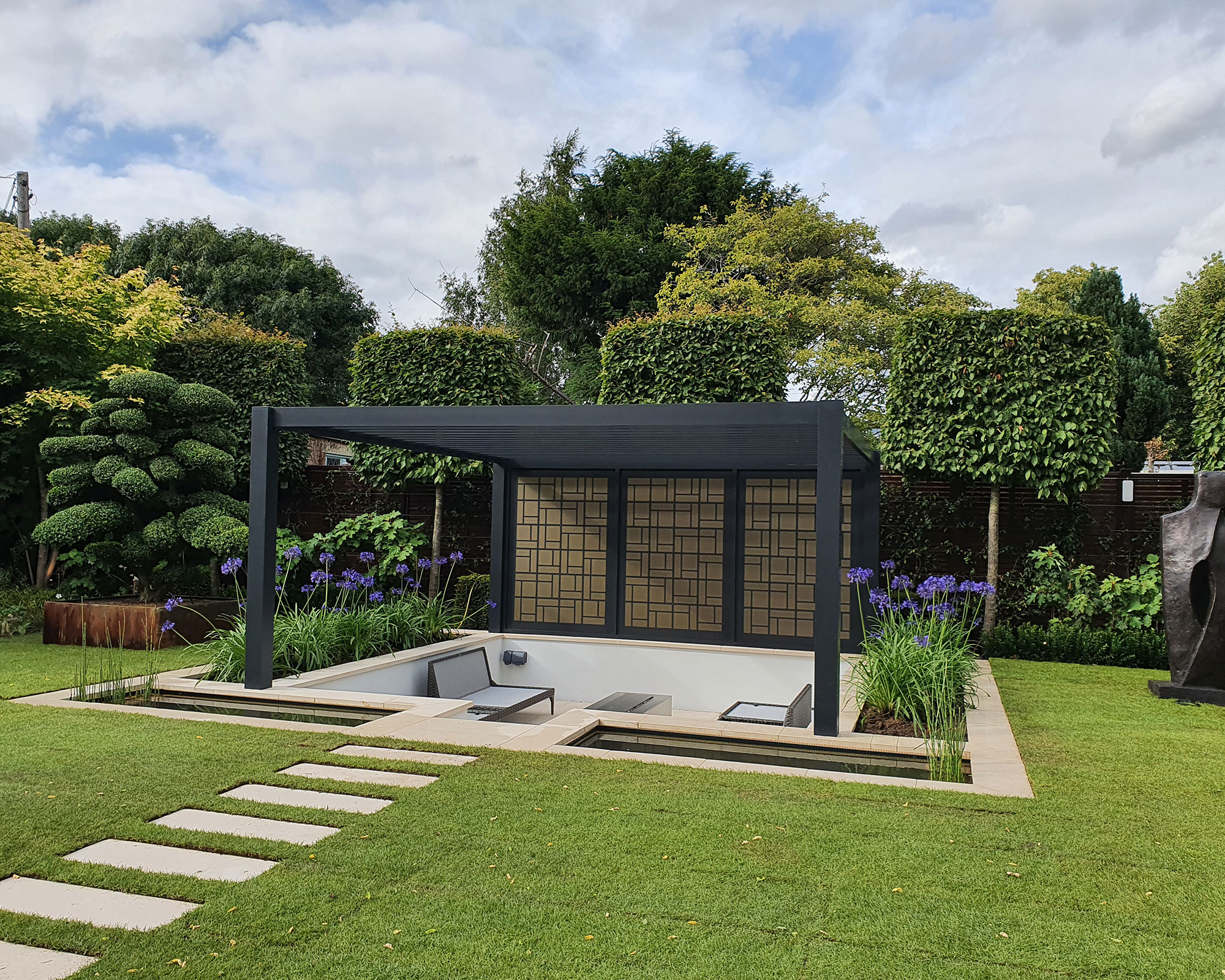4 Simple Techniques For Hilton Head Landscapes
4 Simple Techniques For Hilton Head Landscapes
Blog Article
Hilton Head Landscapes Fundamentals Explained
Table of ContentsHilton Head Landscapes - QuestionsThe Best Guide To Hilton Head LandscapesIndicators on Hilton Head Landscapes You Need To KnowThe Definitive Guide to Hilton Head LandscapesHilton Head Landscapes Fundamentals Explained7 Simple Techniques For Hilton Head LandscapesThe Definitive Guide for Hilton Head Landscapes
Line produces all types and patterns and can be utilized in a range of ways in the landscape. Line in the landscape is created by the edge between two materials, the overview or silhouette of a form, or a lengthy straight attribute. Lines are a powerful device for the designer because they can be used to create a limitless range of shapes and forms, and they manage activity of the eye and the body.

Lines in the landscape. The homes of lines establish how people respond to the landscape, both mentally and literally.
The Ultimate Guide To Hilton Head Landscapes
Straight lines are most typically discovered in hardscape edges and product. Curved lines create an informal, natural, loosened up personality that is linked more with nature and asymmetrical balance. Bent lines relocate the eye at a slower pace and add mystery to the room by creating surprise sights. Vertical lines move the eye up, making a room really feel larger.
Vertical lines in the landscape consist of high, narrow plant material, such as trees, or high frameworks, such as an arbor or a bird residence on a post. Horizontal lines move the eye along the ground aircraft and can make an area really feel bigger. Low lines are more suppressed and develop a feeling of remainder or repose.
Not known Factual Statements About Hilton Head Landscapes
Reduced lines are created by low yard wall surfaces, sidewalks, and brief hedges. Lines are utilized to attract forms on a strategy. In strategy view, they specify plant beds and hardscape locations. Lines are additionally created by the upright types of constructed features and plant material. There are three main line kinds that develop form in the landscape: bedlines, hardscape lines, and plant lines.
Bedlines link plant product to the house and hardscape because the eye adheres to the line, moving the gaze via the landscape. Hardscape lines are created by the side of the hardscape, which marks the developed structure. Line can also be developed by long and narrow products, such as a fencing or wall.
All about Hilton Head Landscapes
Form is located in both hardscape and plants, and it is generally the dominant aesthetic component that spatially organizes the landscape and typically figures out the style of the garden. The kind of frameworks, plant beds, and garden ornaments additionally figures out the overall kind style of the yard. Official, geometric forms consist of circles, squares, and polygons.
Plants produce form in the garden through their describes or silhouettes, however kind can also be specified by a landscapers hilton head island space or negative room in between plants - landscape design hilton head (https://4vgontca9bh.typeform.com/to/NcH3QMx6). Circles can be complete circles, or they can be divided right into half circles or circle sectors and incorporated with lines to produce arcs and tangents
Some Known Facts About Hilton Head Landscapes.
Circles can also be extended right into ovals and ellipses for more range and rate of interest. Circles are a solid style kind because the eye is constantly attracted to the center, which can be utilized to stress a prime focus or link various other forms. Figure 2. Round kinds in hardscape and lawn panels.
The square type can additionally be segmented and used repetitively to produce a grid pattern. Unlike circles, squares are stronger on the sides, which can be aligned or overlapped to produce one-of-a-kind patterns and more complex types. Polygons are many-sided types with straight sides. Triangles, as an example, are three-sided polygons.
Twisting lines often imitate the natural course of rivers or streams and can be referred to as smooth lines with deeply bent wavinesses. Twisting lines (Figure 3) work well for pathways, plant bedlines, and dry stream beds. Meandering lines can include passion and enigma to a yard by leading visitors around edges to find new views and spaces.
The Basic Principles Of Hilton Head Landscapes

Common plant types are well established and standardized, as kind is the most constant and identifiable quality of plants. Kind can additionally be created through the massing of plants, where the total mass produces a different kind than a specific plant.
An extremely contrasting kind should be made use of with careone or 2 job well as a focal point, however way too many develop mayhem. All-natural plant forms, instead than over-trimmed forms, must develop the bulk of the make-up. The significance of total form is essentially dependent on the seeing perspectivethe kind of a tree can show up quite various to an individual standing under the canopy versus seeing the tree from a distance in an open area.
The 8-Second Trick For Hilton Head Landscapes
Plant kinds additionally develop and specify the gap or open spaces in between the plants, creating either convex or concave types in the spaces. High-arching tree branches generally create a concave open space under the branches, and a round canopy with low branches fills the space to create a convex form in the open space under the tree.

Report this page